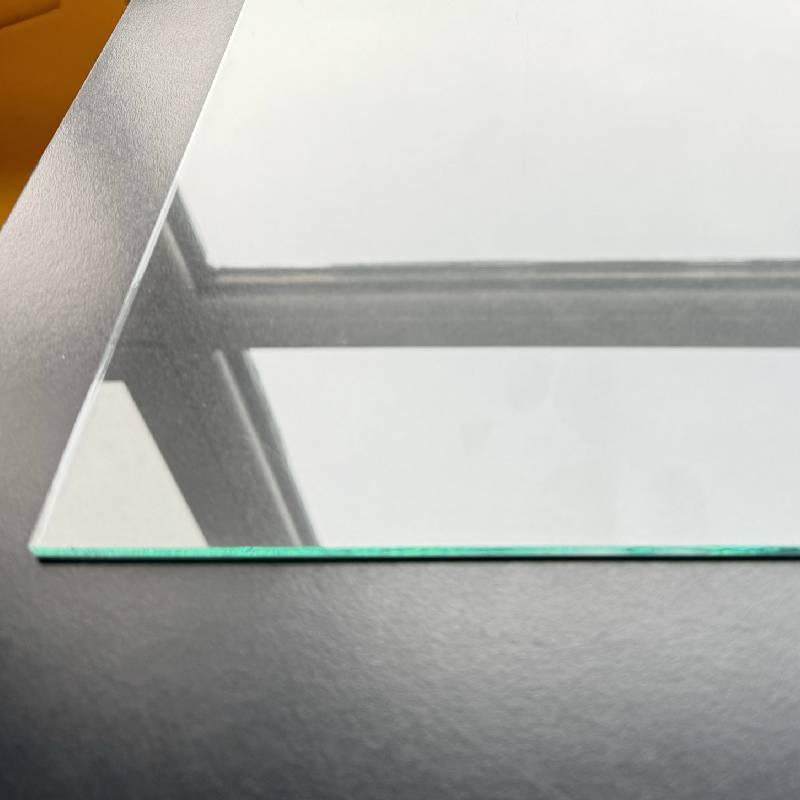

The Cost of Tempered Glass Understanding Prices and Value
Tempered glass, known for its strength and safety features, has become an increasingly popular choice for various applications, from windows and shower doors to glass facades and tabletops. As architects, builders, and homeowners increasingly turn to this durable material, understanding the pricing of tempered glass becomes essential for making informed decisions. This article explores the factors that influence the price of tempered glass, typical costs, and its value in construction and design.
What is Tempered Glass?
Tempered glass, also referred to as toughened glass, undergoes a specific thermal treatment that increases its strength compared to regular glass. The tempering process involves heating the glass to a high temperature and then cooling it rapidly. This process creates internal stresses that enhance its durability, allowing it to withstand high impact, thermal stress, and even extreme weather conditions. Importantly, when broken, tempered glass shatters into small, blunt pieces, significantly reducing the risk of injury.
Factors Influencing the Price
Several factors influence the price of tempered glass, making it essential for buyers to understand what contributes to the overall cost. Here are some key considerations
1. Thickness The thickness of the glass is perhaps the most significant factor in determining its price. Tempered glass is available in various thicknesses, typically ranging from 3mm to 19mm or more. Thicker glass generally costs more due to the additional material and strength.
2. Size and Dimensions The size of the glass panels can also affect the price. Standard sizes may be less expensive than custom cut panels, which often require additional labor and materials. It’s essential to measure accurately to avoid unnecessary costs.

3. Quality Standards Glass that meets specific industry standards (like ANSI Z97.1 in the United States) tends to be priced higher, as it has passed stringent safety tests. Higher-quality tempered glass may be made from better raw materials, making it more durable.
4. Finishing Options Features such as tinting, frosting, or the addition of coatings (for UV protection, for instance) can also influence the cost. These finishes not only enhance aesthetics but can also add functional benefits, impacting the overall pricing.
5. Supply Chain and Location Regional factors like the availability of materials, local demand, and shipping costs can affect the pricing of tempered glass. In some areas, manufacturers may have higher operational costs, which can translate to higher prices for consumers.
Average Price Range
While the price of tempered glass can vary widely depending on these factors, it typically ranges from $10 to $25 per square foot. On the lower end, you might find basic tempered glass, while higher-quality options or thicker panels can exceed $50 per square foot. It’s essential for buyers to obtain multiple quotes from suppliers to ensure competitive pricing.
Value Beyond Cost
Despite its higher upfront cost compared to regular glass, tempered glass offers significant long-term value. Its durability can lead to reduced maintenance costs, improved safety, and enhanced energy efficiency in buildings. By choosing tempered glass, homeowners and builders can invest in a product that not only meets safety standards but also contributes to the overall aesthetic and functionality of spaces.
In conclusion, while the price of tempered glass may seem steep compared to standard glass, its various benefits—strength, safety, and versatility—make it a worthwhile investment. Understanding the factors that influence its cost can help consumers make informed decisions, ultimately leading to a safer and more beautiful living or working environment.